Timeline
-
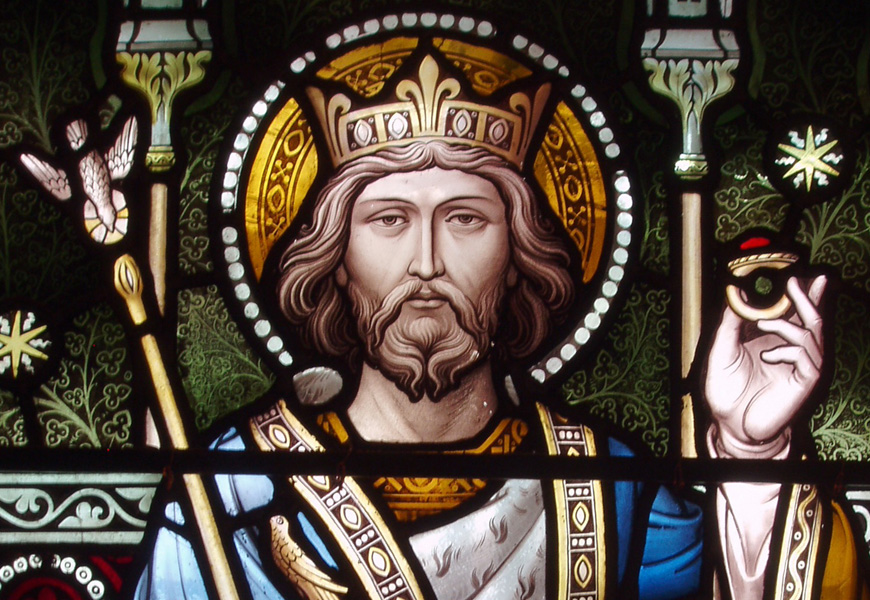
1066: January 5th
Edward the ConfessorKing Edward the Confessor dies without an heir. Harold Godwinson claims the throne, but many believe the throne was already promised to Duke William of Normandy.
-

1066: January 6th
Harold GodwinsonHarold Godwinson is crowned King Harold II of England at Westminster Abbey on the same day as Edward's burial. Harold will be the last Anglo-Saxon ruler of England and the first of only 3 Kings of England to be killed in battle.
-
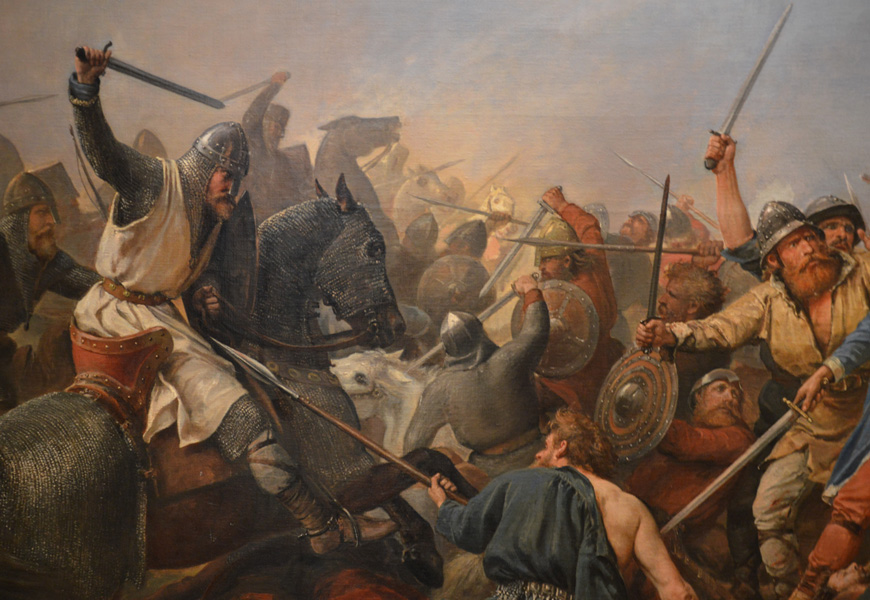
1066: September 25th
Battle of Stamford BridgeKing Harold II (Harold Godwinson) of England defeated a Norwegian army led by King Harold Hardrada of Norway and his brother Tostig Godwinson near York, ending the Viking Age in England.
-
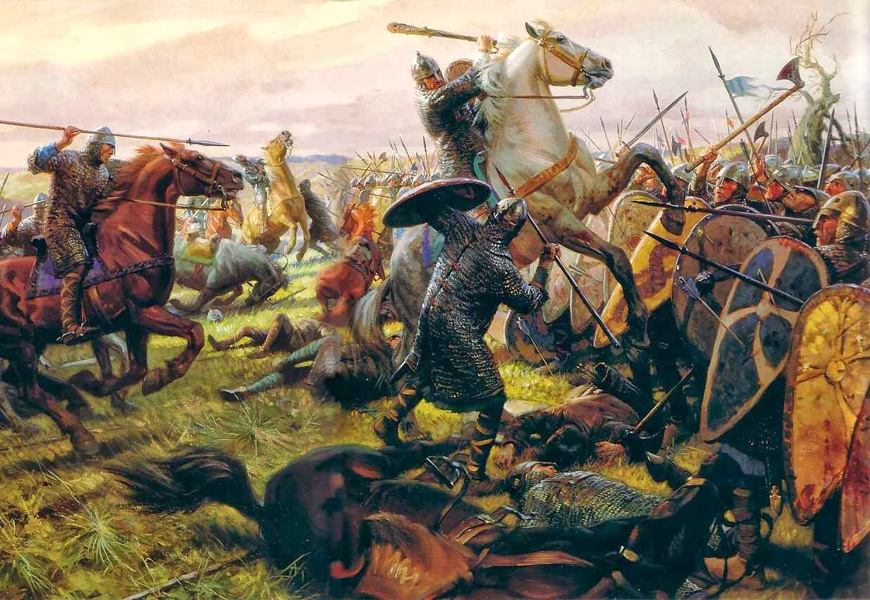
1066: October 14th
Battle of HastingsWilliam the Conqueror defeats the English led by King Harold II, who dies in battle. Thus began the Norman Conquest of England and the beginning of the Castle Age as motte and bailey castles were built all over England, starting in Pevensey and Hastings.
-
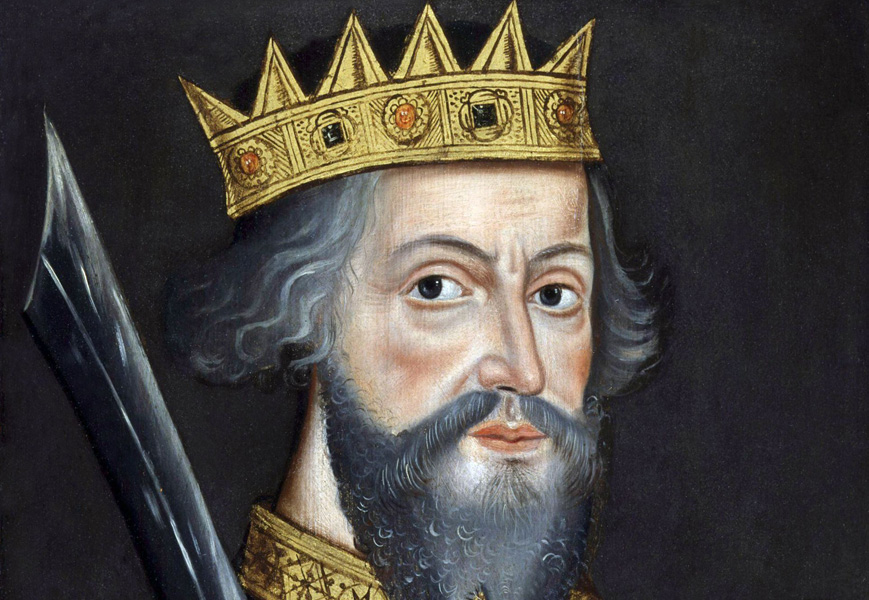
1066: December 25th
William the ConquerorWilliam is crowned King of England on Christmas Day, 1066, at Westminster Abbey in London. As attending nobility and clerics loudly shouted their approval of the king, his guards, surprised by the outburst and believing there was treachery afoot, promptly set fire to surrounding buildings in the city of London. The church filled with smoke, the congregation fled, and William trembled.
-
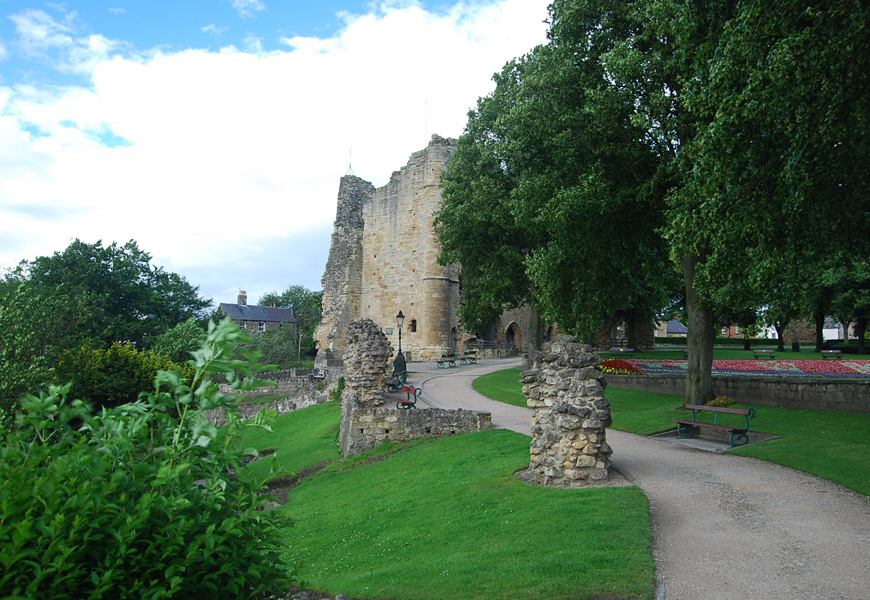
1170: December 29th
Murder in the CathedralThomas Becket, the Archbishop of Canterbury, is murdered in Canterbury Cathedral by four knights, Reginald Fitzurse, Hugh de Morville, William de Tracy, and Richard le Breton, who interpreted words spoken by King Henry II to mean he wished Becket killed. The knights fled north and took refuge in Hugh de Morville's Knaresborough Castle after committing the murder. There are many accounts of what Henry said, with the most likely being:
What miserable drones and traitors have I nourished and brought up in my household, who let their lord be treated with such shameful contempt by a low-born cleric?
-
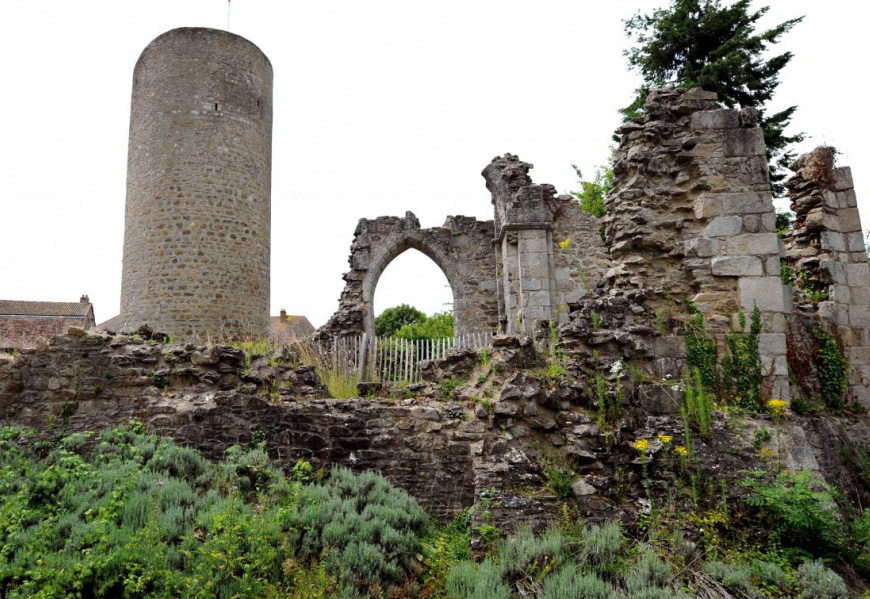
1199: March 25th
Richard the Lionheart - WoundedRichard the Lionheart is wounded while besieging the castle of Château de Châlus-Chabrol in France. Richard was walking around the weakly defended castle's perimeter without wearing his chainmail when a crossbowmen's arrow struck him in the shoulder near his neck. He unsuccessfully tried to pull the arrow out on his own, then called on a surgeon who removed it but also mangled his arm. Richard had the crossbowmen brought to him and in an act of mercy, forgave the boy and ordered that he be set free. Richard would die from this gangrenous wound soon after, on April 6th.
-
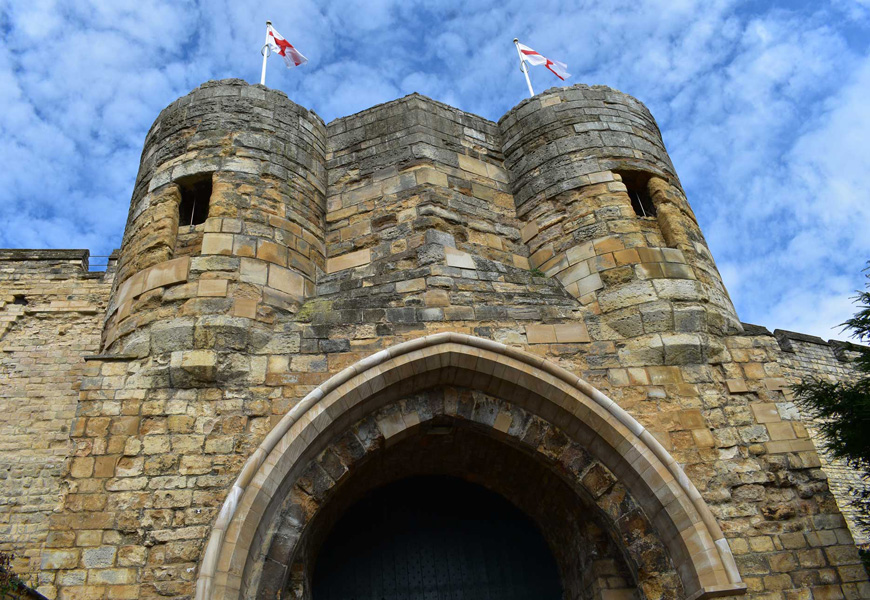
1217: May 20th
Second Battle of LincolnThe Second Battle of Lincoln occurred at Lincoln Castle in England, during the First Barons' War, between the forces of the future Louis VIII of France and those of King Henry III of England. A relief force attacked Louis's troops under William Marshal, 1st Earl of Pembroke. Thomas, the Comte du Perche, commanding the French, was killed, and Louis was expelled from his base in southeast England.
-
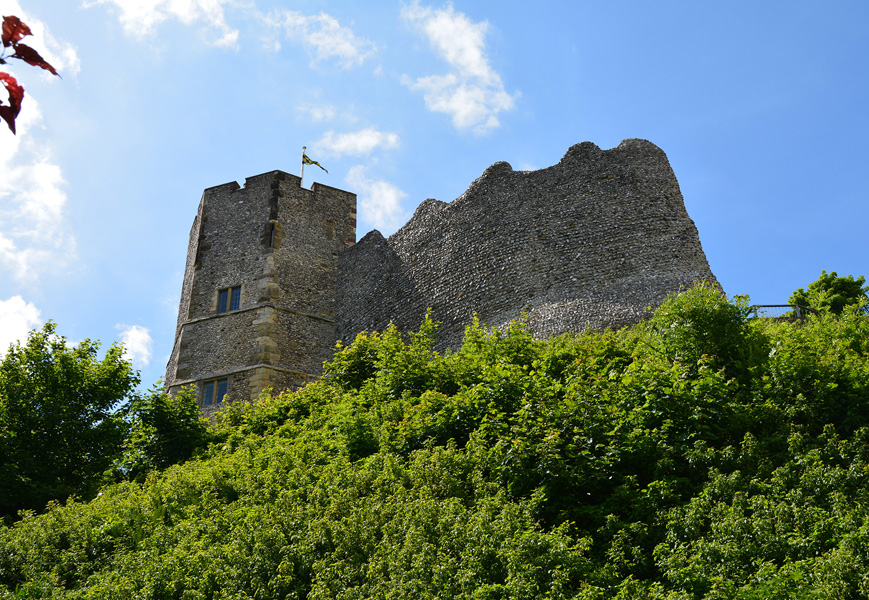
1264: May 14th
Battle of LewesThe Battle of Lewes in Sussex, England, was part of the Second Barons' War. Henry III left the safety of Lewes Castle to engage the Barons in battle. He was initially successful, his son Prince Edward routing part of the baronial army with a cavalry charge. However, Edward pursued his quarry off the battlefield and left Henry's men exposed. Henry was forced to launch an infantry attack up Offham Hill, where he was defeated by the Barons' men defending the hilltop. The royalists fled to the castle, and the King was forced to sign the Mise of Lewes, ceding many of his powers to Simon de Montfort, 6th Earl of Leicester.
-
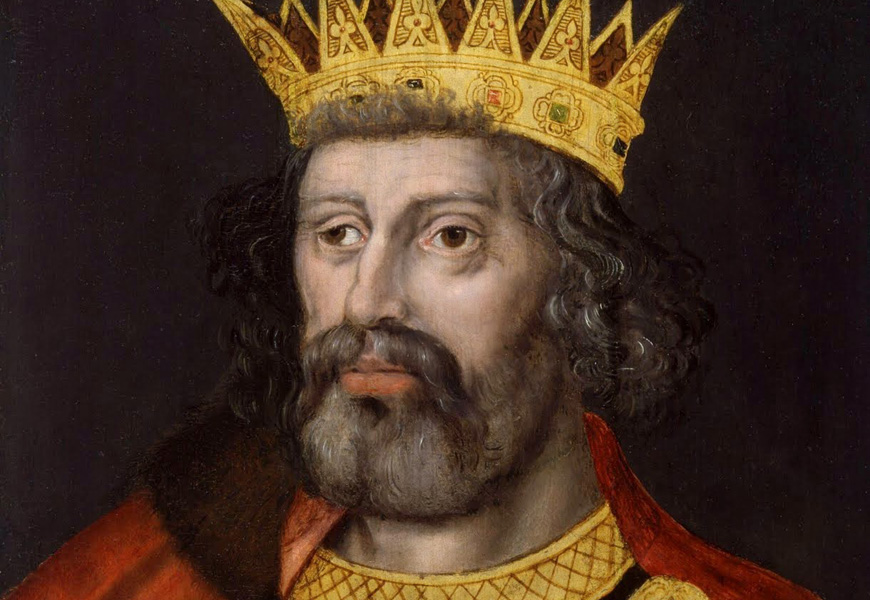
1272: November 16th
Edward IPrince Edward becomes King Edward I while traveling during the Ninth Crusade upon his father's death, King Henry III. It will be almost two years before Edward returns to England and assumes the throne.
-
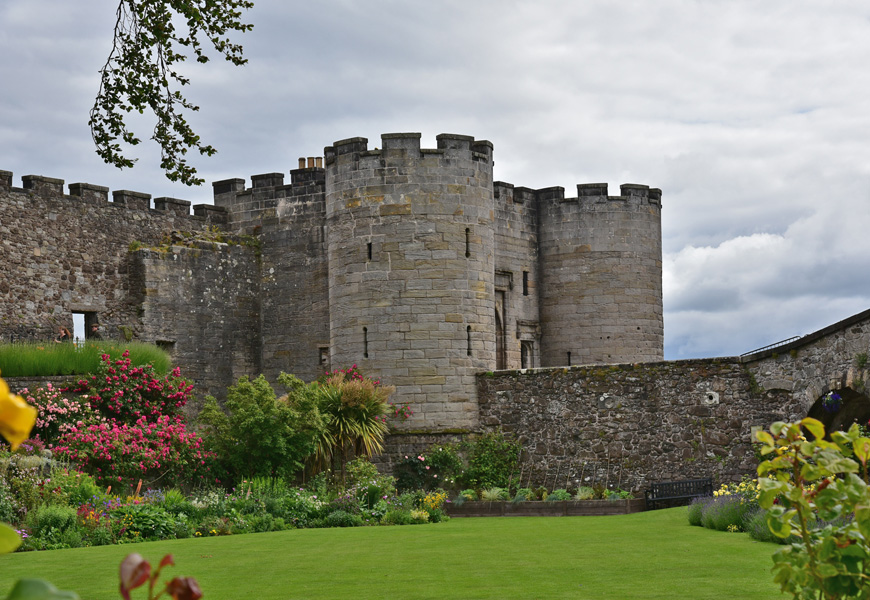
1297: September 11th
Battle of Stirling BridgeIn the Battle of Stirling Bridge, the forces of Andrew Moray and William Wallace defeated the combined English forces of John de Warenne, 6th Earl of Surrey, and Hugh de Cressingham near Stirling Castle on the River Forth.
-
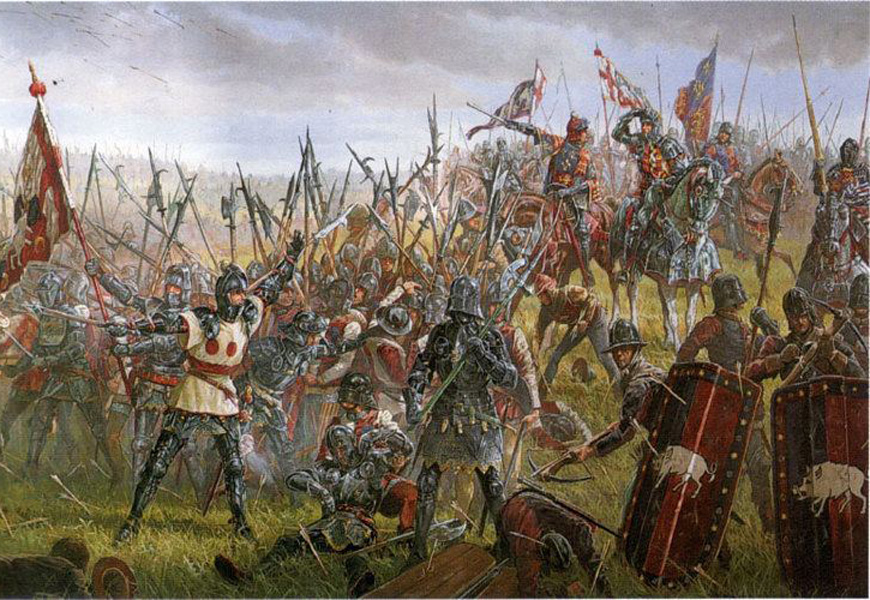
1298: July 22nd
Battle of FalkirkThe Battle of Falkirk was one of the significant battles in the First War of Scottish Independence. Led by King Edward I of England, the English army defeated the Scots, led by William Wallace. Shortly after the battle, Wallace resigned as Guardian of Scotland.
-
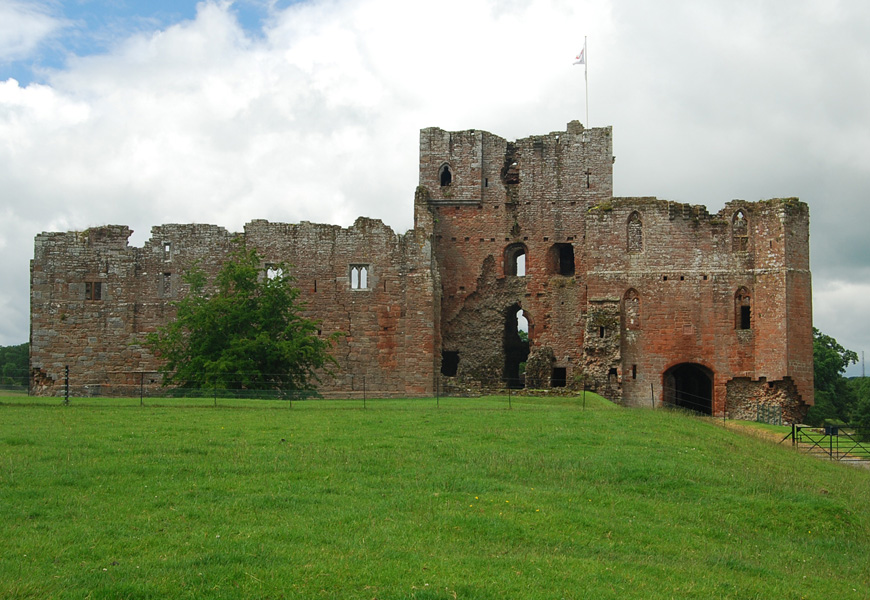
1300: July 22nd
Edward I at Brougham CastleEdward I stays at Brougham Castle in Cumbria during one of his Northern campaigns of the Anglo-Scottish Wars.
-

1304: July 20th
The War WolfEdward I seized control of Stirling Castle in Scotland by using the War Wolf, believed to be the largest trebuchet ever built. The Scots try to surrender the castle when they see the massive structure being assembled, but Longshanks decides to finish the assembly and see how well it works before accepting the surrender. Part of the castle's curtain wall is destroyed in quick order by the siege weapon.
-
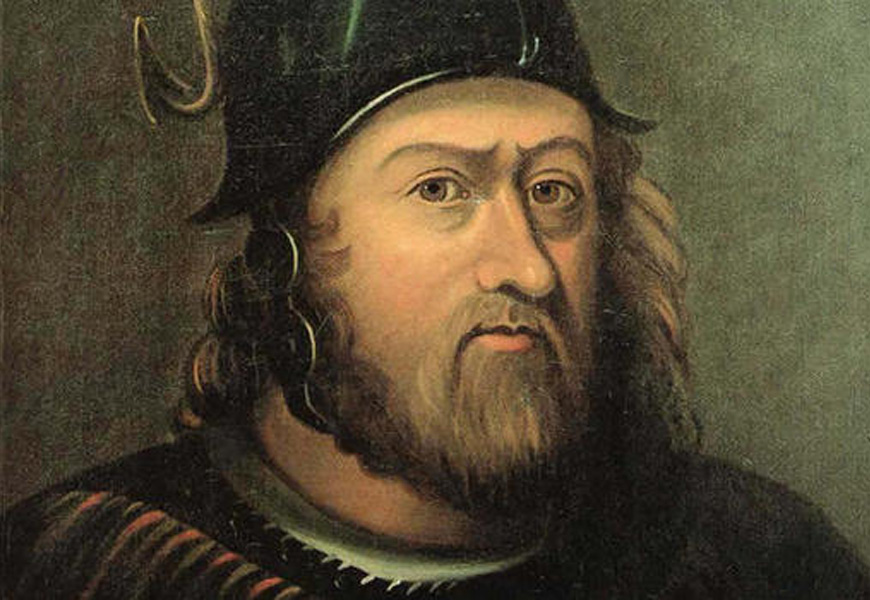
1305: August 23rd
William WallaceSir William Wallace was hanged, drawn, and quartered for High Treason at Smithfield in London.
-
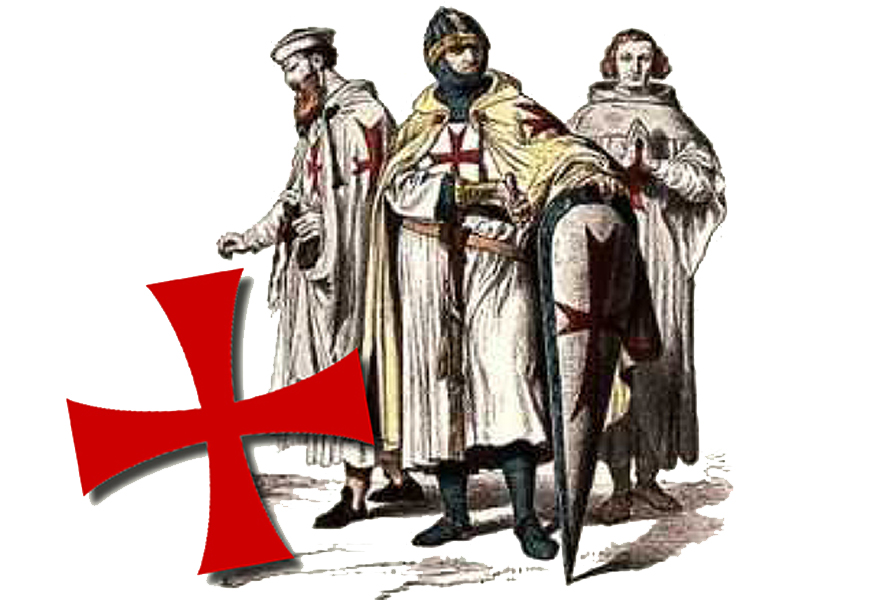
1307: October 13th
The Knights TemplarHundreds of Knights Templar are arrested in France under the order of King Phillip the Fair. After confessing under torture, they will later be charged with heresy and burned at the stake. This was a Friday, and some attribute this event to Friday the 13th being considered unlucky.
-
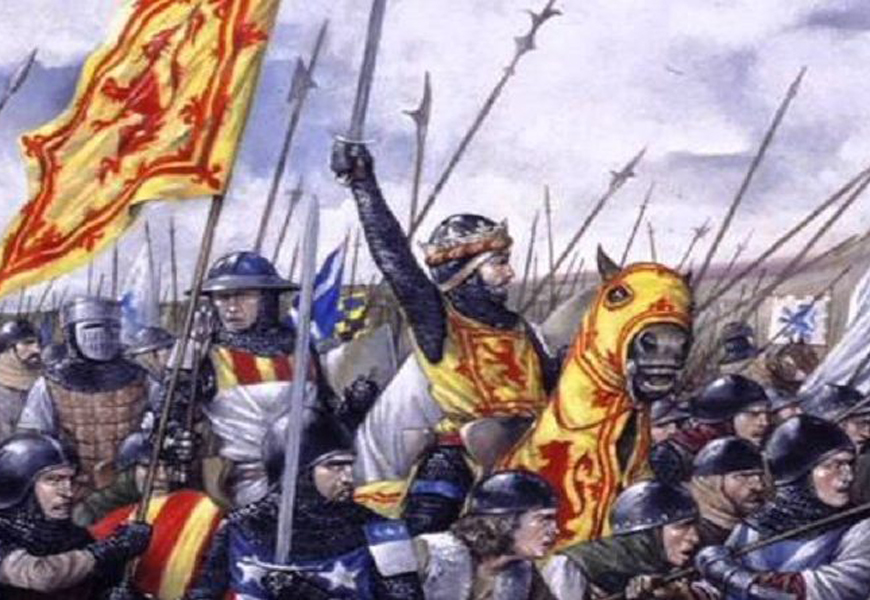
1314: June 23rd
Battle of BannockburnScotland's forces, led by Robert the Bruce, defeated the English, led by King Edward II, during the first War of Scottish Independence. Edward II flees the battle and retreats to Dunbar Castle before returning to England by ship.
-
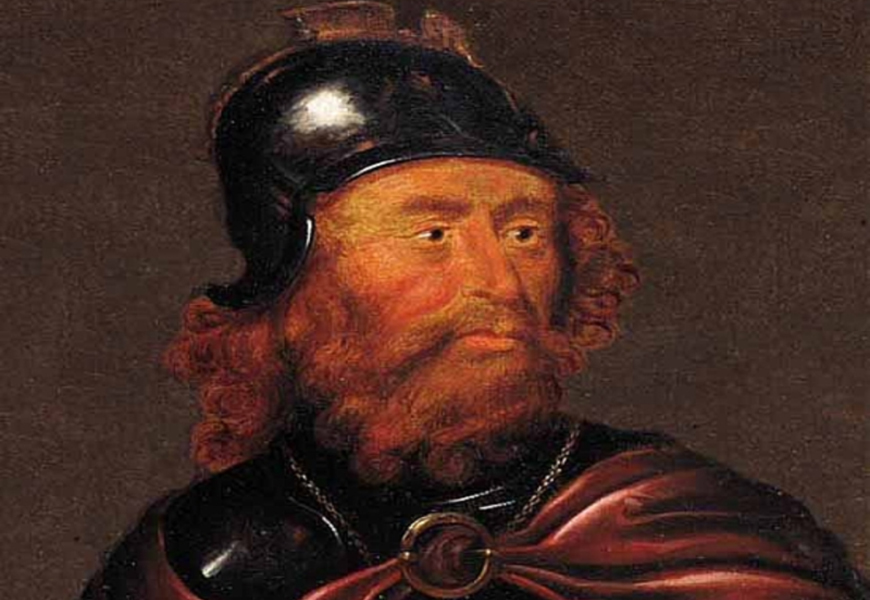
1329: June 7th
Robert The BruceKing Robert I of Scotland (Robert the Bruce) dies at the manor of Cardross, near Dumbarton, Scotland, after suffering for some years from ailments. His body lies in Dunfermline Abbey, but he requested that his heart be removed and carried into battle "against God's foes":
"I will that as soone as I am trespassed out of this worlde that ye take my harte owte of my body, and embawme it, and take of my treasoure as ye shall thynke sufficient for that enterprise, both for your selfe and suche company as ye wyll take with you, and present hart to the holy Sepulchre where as our Lorde laye, seyng my body can nat come there."
Sir James Douglas took his heart following his wishes, but Douglas was killed in battle, still carrying the heart in a silver casket. The heart was returned to Scotland and buried at Melrose Abbey. Robert's son David becomes King David II of Scotland at the age of 5 years old.
-
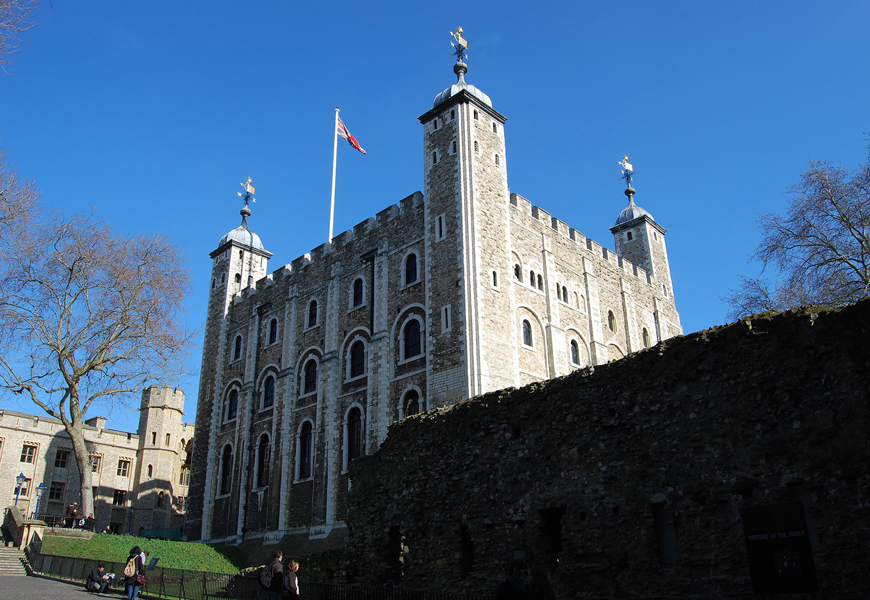
1346: October 17th
David II at the Tower of LondonKing David II of Scotland was wounded and taken prisoner by Sir John Copeland at the Battle of Neville's Cross. David was delivered to King Edward III, who imprisoned him in the Tower of London. He was later moved to Windsor Castle and Odiham Castle in Hampshire. He was a prisoner for 11 years in all.
-
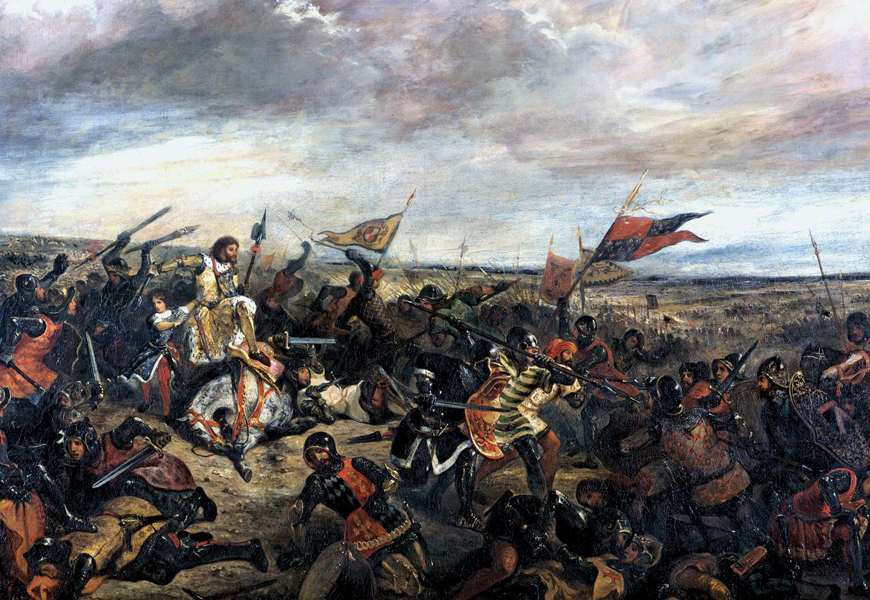
1356: September 19th
The Battle of PoitiersPart of the Hundred Years' War between England and France, the English, led by Edward, the Black Price, defeated the French army and captured the King of France, John II.
-
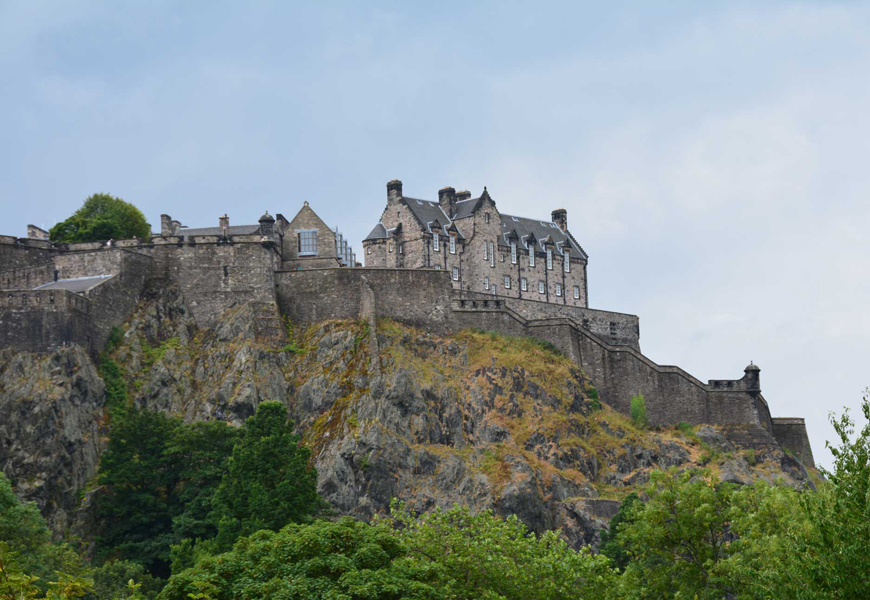
1371: February 22nd
David II at Edinburgh CastleKing David II of Scotland died unexpectedly at Edinburgh Castle at age 46 and is buried in Holyrood Abbey. He is the last male descendent of the House of Bruce.
-
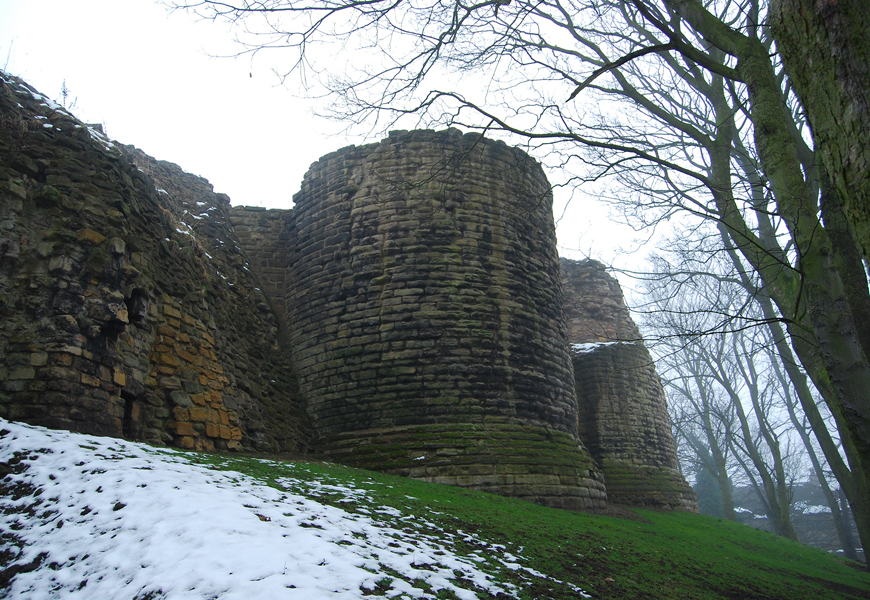
1400: February 14th
Richard II at Pontefract CastleRichard II dies at Pontefract Castle in West Yorkshire, England, presumably of starvation. His body was taken south from Pontefract and displayed in St Paul's Cathedral on 17 February before burial in King's Langley Priory on 6 March.
-
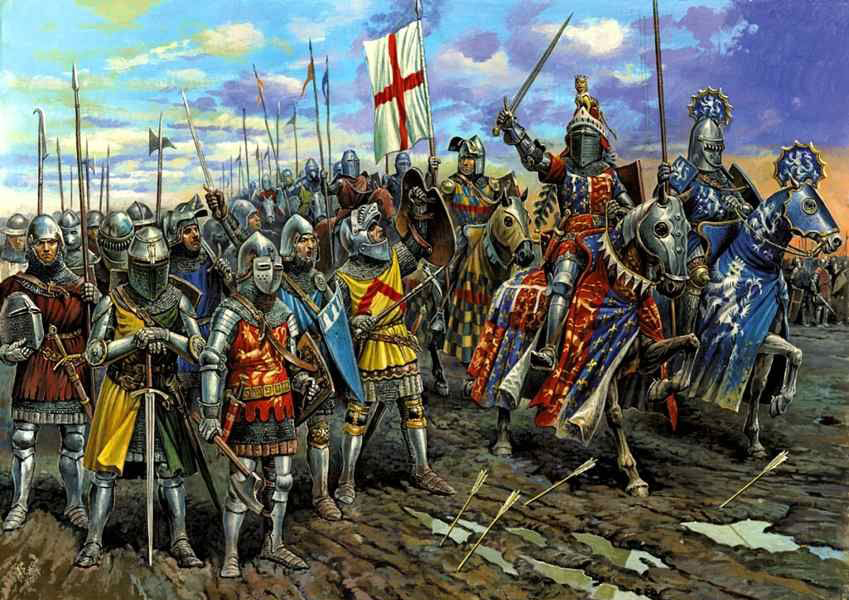
1415: October 25th
Battle of AgincourtPart of the Hundred Years' War between England and France, the outnumbered English army led by King Henry V defeated the French on Saint Crispin's Day primarily due to the English longbow and the narrow width and muddy conditions of the battlefield.
-
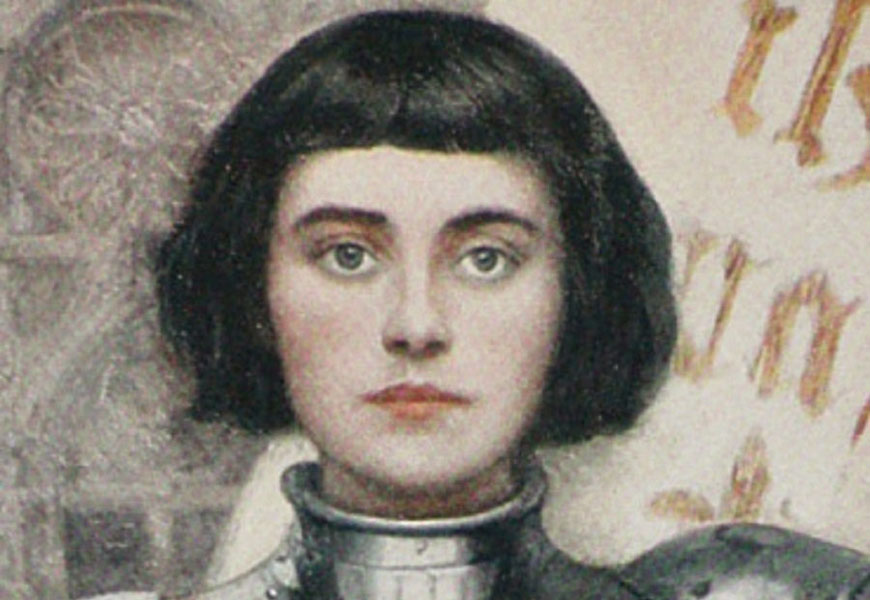
1431: May 30th
Joan of ArcJoan of Arc, The Maid of Orléans, is burned at the stake for heresy in Rouen, France, by an English-dominated tribunal.
-
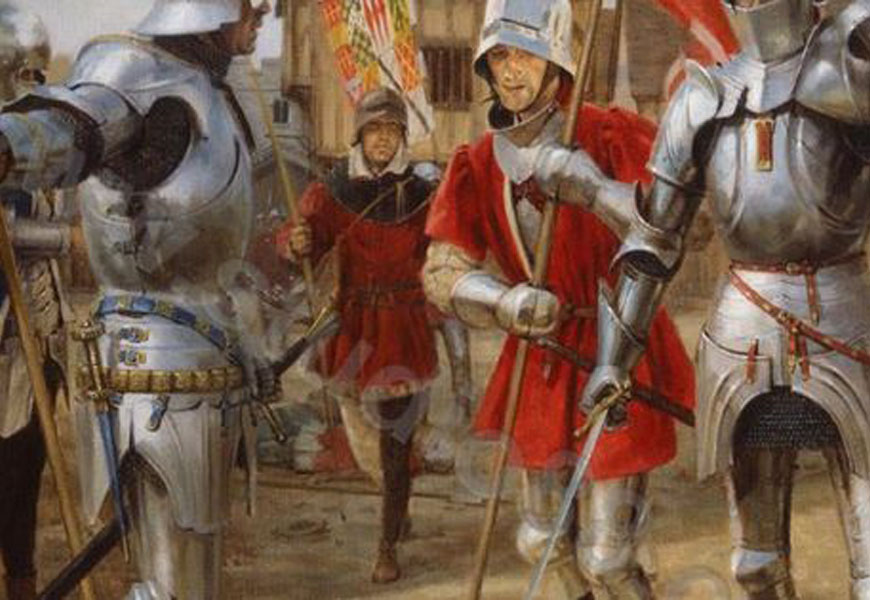
1455: May 22nd
First Battle of St AlbansThe Wars of the Roses begins with the First Battle of St Albans, where Richard, Duke of York, defeats and captures King Henry VI of England.
-
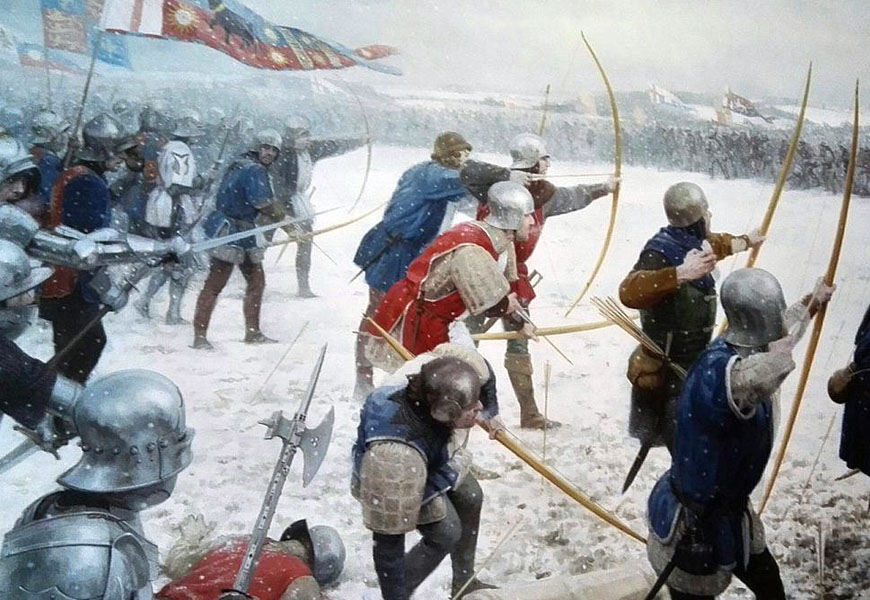
1461: March 29th
Battle of TowtonThe Wars of the Roses: Yorkist troops defeat Lancastrian forces at the Battle of Towton in Yorkshire, one of the largest battles on English soil.
-
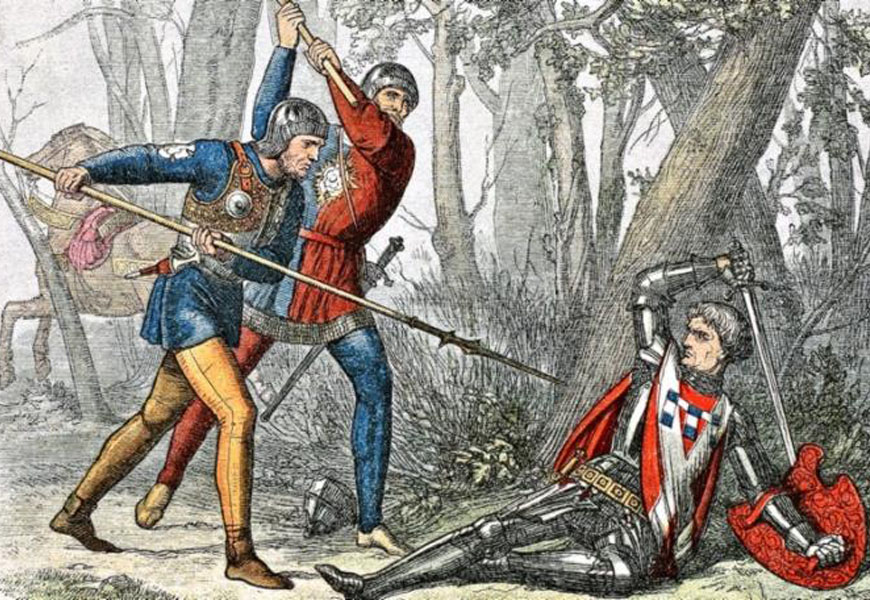
1471: April 17th
Battle of BarnetWars of the Roses: The Battle of Barnet - Yorkist troops led by Edward IV defeat the Lancastrians led by Richard Neville, Earl of Warwick, who had previously supported the House of York.
-
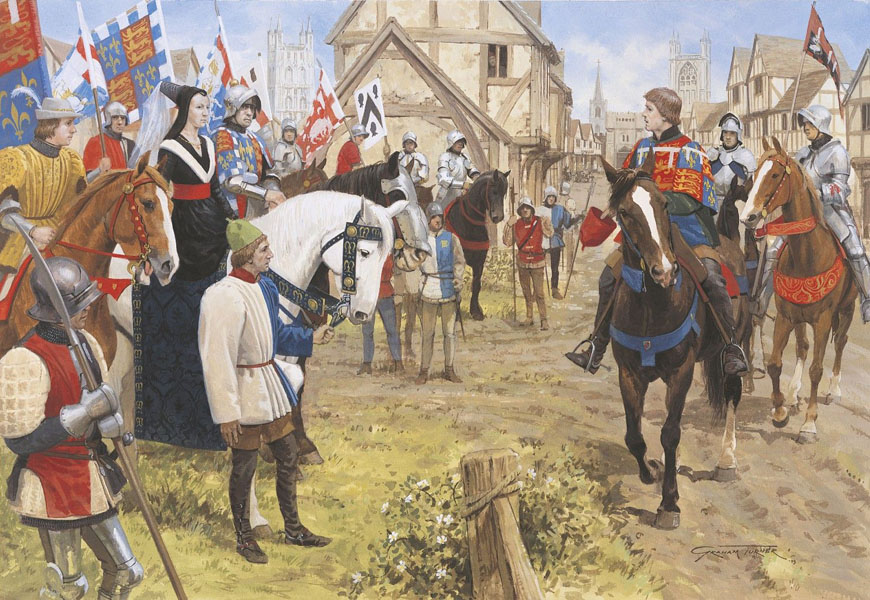
1471: May 4th
Battle of TewkesburyWars of the Roses: The Battle of Tewkesbury - Just weeks after Barnet, Lancastrian forces are again defeated soundly by Edward IV and Yorkist troops. Many Lancastrian nobles, including Edward, Prince of Wales and heir to the throne, were killed in battle or executed thereafter.
-

1478: February 18th
George, Duke of Clarence at the Tower of LondonGeorge, Duke of Clarence, is executed in private at the Tower of London after being convicted of treason against his older brother, King Edward IV of England.
-

1485: August 22nd
Battle of Bosworth FieldWars of the Roses: The Battle of Bosworth Field was the last major battle of the Wars of the Roses. Here, Richard III is killed in action, ending the Plantagenet dynasty and rule by the House of York. Henry Tudor was crowned King Henry VII on nearby Crown Hill, and thus began the Tudor dynasty.
-
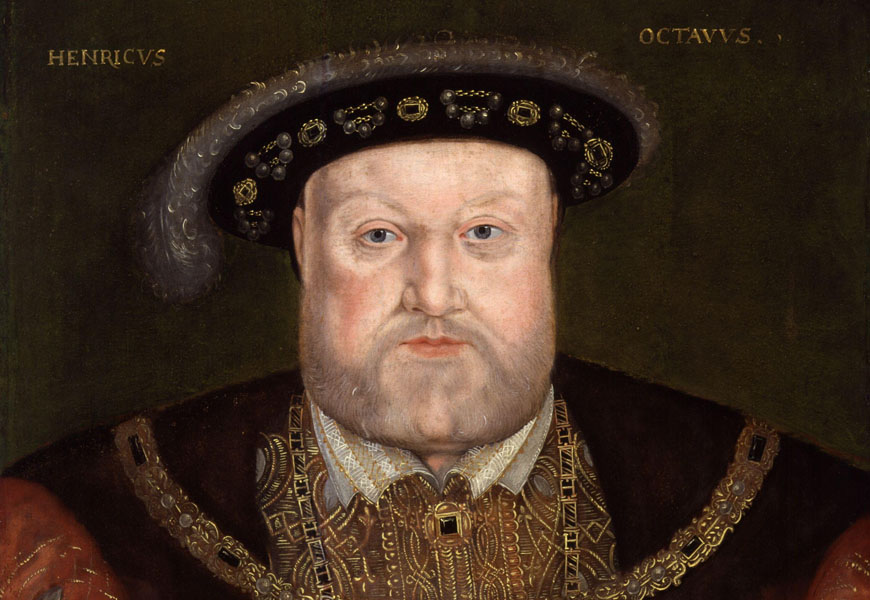
1491: June 28th
Henry VIIIHenry VIII of England is born at Greenwich Palace and is second in line to the throne of England behind his older brother Arthur. But when Arthur dies at 15, Henry becomes the heir apparent. He is of the House of Tudor.
-

1499: November 23rd
Perkin Warbeck at the Tower of LondonPerkin Warbeck, the pretender to the throne, is hanged for allegedly attempting to escape from the Tower of London. He was a pretender to the English throne during the reign of Henry VII (Henry Tudor), claiming to be Richard of Shrewsbury, Duke of York. Richard was one of the two young Princes held in the Tower of London as children, never to be seen again.
-

1509: April 21st
Henry VIIIHenry VII of England and the first King from the House of Tudor died of tuberculosis and was buried at Westminster Abbey. His son, Henry VIII, ascends to the throne of England upon his death.
-
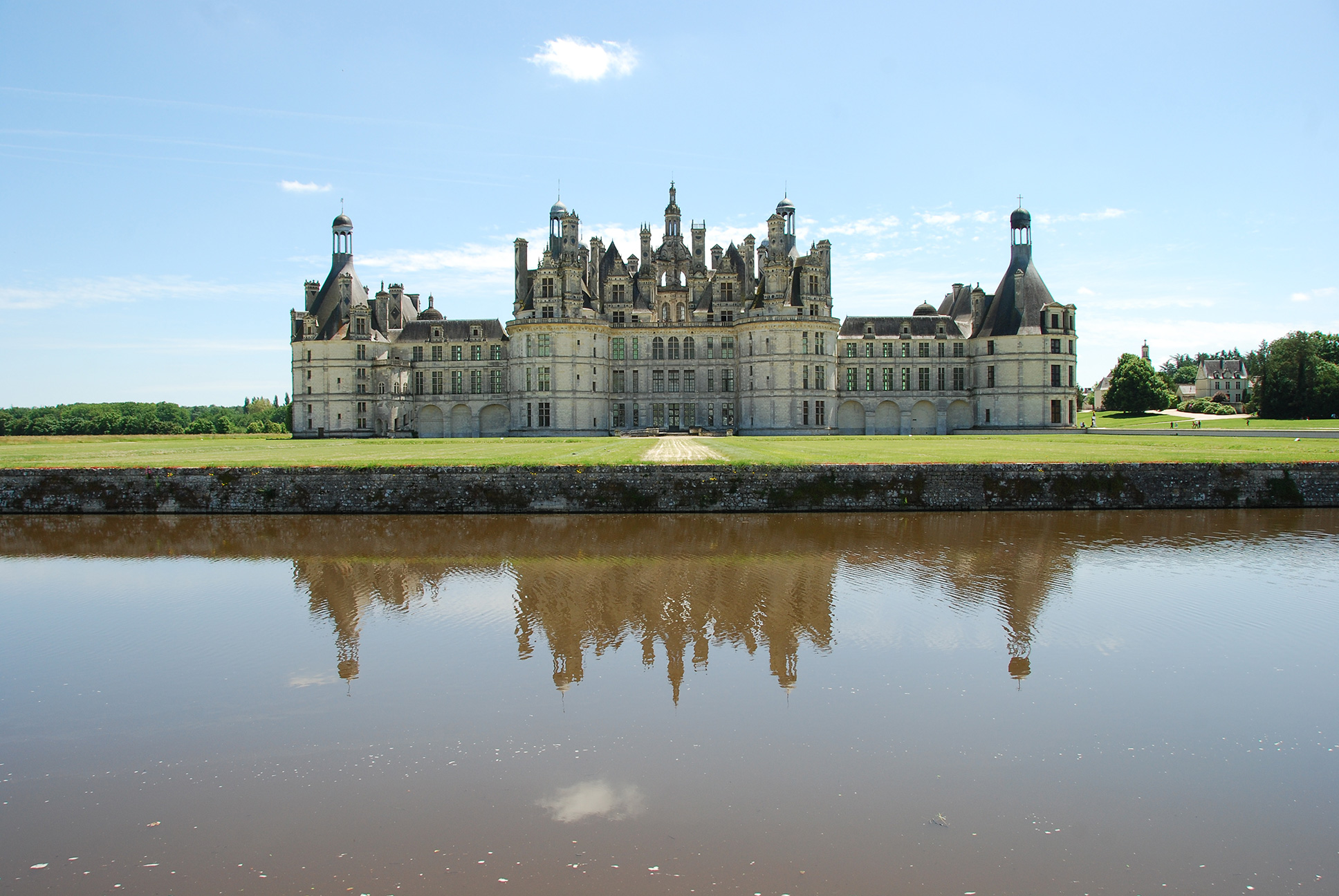
1515: January 1st
Francis IKing Francis I ascends to the throne of France. Francis reigned during the Renaissance and, early in his reign, had the Chateau de Chambord built in the Forest of Chambord, France.
-
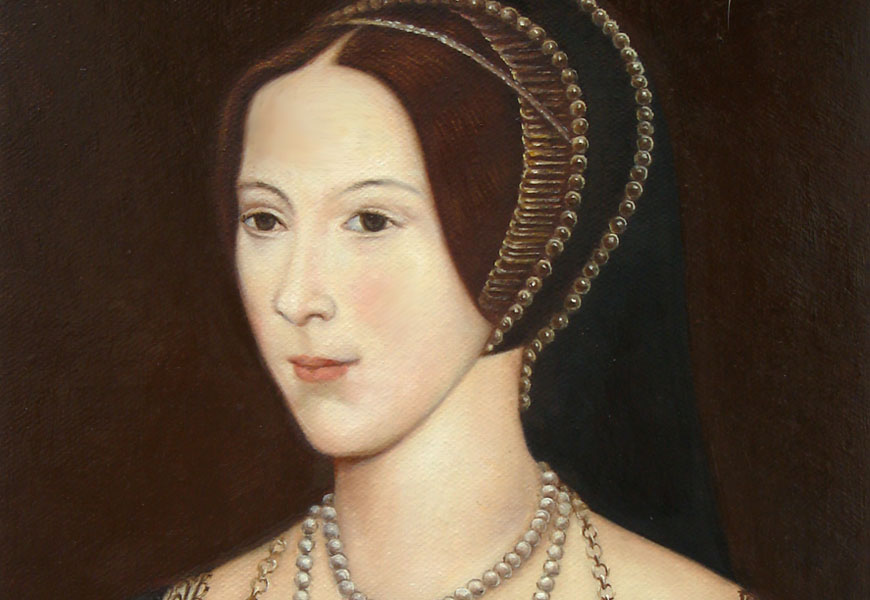
1533: June 1st
Anne BoleynAnne Boleyn is crowned Queen of England.
-

1536: May 22nd
Anne Boleyn at the Tower of LondonAnne Boleyn, Queen of England, is arrested on charges of adultery, treason, and witchcraft and imprisoned in the Tower of London. She will be executed by beheading in 17 days.
-

1540: July 28th
Thomas Cromwell at the Tower of LondonThomas Cromwell, 1st Earl of Essex, is executed on Tower Hill on charges of treason and heresy on orders from Henry VIII. Cromwell was held prisoner in the infamous Tower of London for just over a month before his execution by beheading.
-

1541: December 10th
Thomas Culpepper at Pontefract CastleThomas Culpepper and Francis Dereham are executed for having affairs with Catherine Howard, Queen of England and fifth wife of Henry VIII. Francis Dereham was hanged, drawn, and quartered for his accused transgressions before Catherine became queen and Henry's wife. Thomas Culpepper was shown mercy by the King and only beheaded. Their affair occurred during her reign and on a royal trip to York and Pontefract Castle, where an infamous letter from Catherine to Thomas is said to have been written where she states:
“I never longed so muche for thynge as I do to se you and to speke wyth you, the wyche I trust shal be shortely now,” and “my trust ys allway in you that you wolbe as you have promysed me..."
-
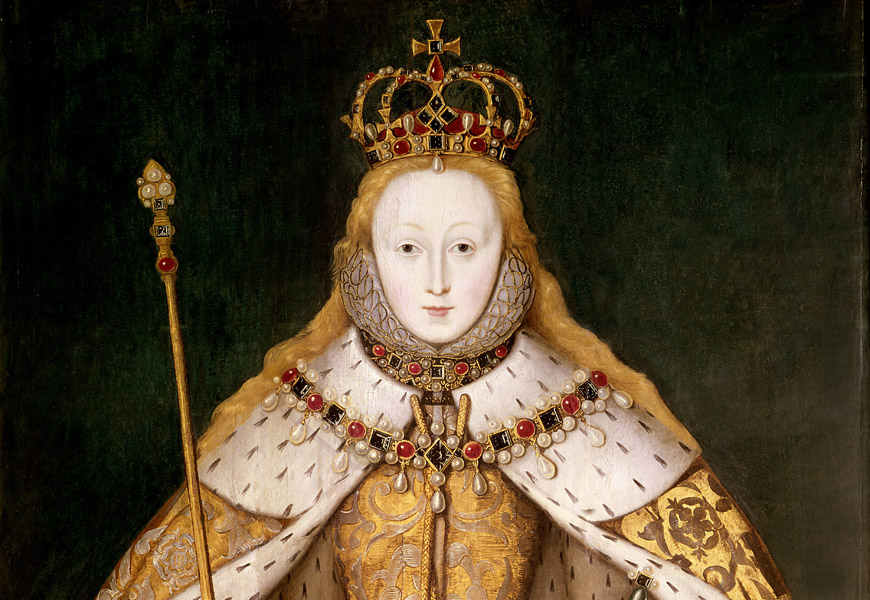
1558: November 15th
Elizabeth IQueen Mary I, known as Bloody Mary for her persecution of Protestants, dies of influenza at St. James's Palace. Upon her half-sisters death, her younger half-sister Elizabeth becomes Queen Elizabeth I of England, marking the beginning of the Elizabethan era.
-
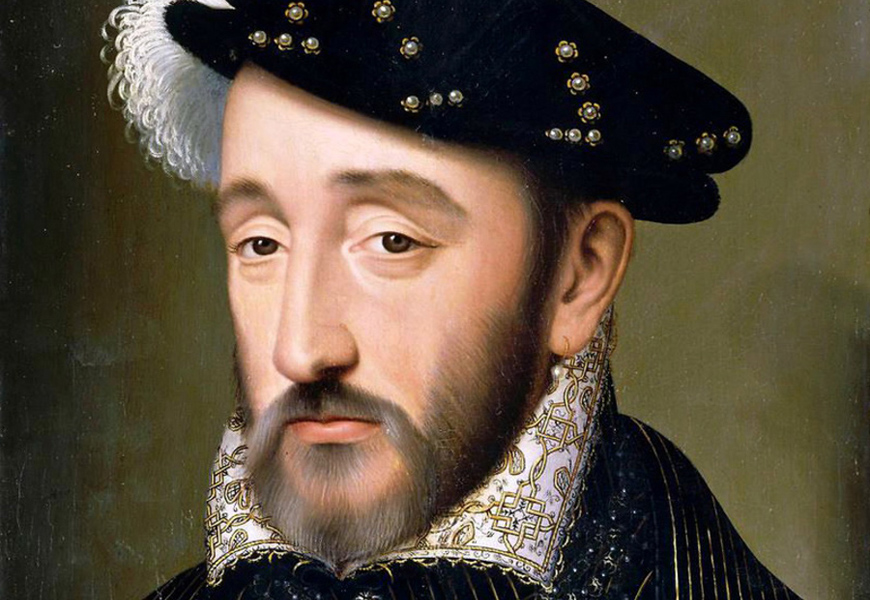
1559: June 30th
Henry II of FranceKing Henry II of France is mortally wounded in a jousting match against Gabriel de Montgomery when a fragment of the splintered lance pierced through his visor into his eye and brain. He would die less than two weeks later, on the 10th of July.
-
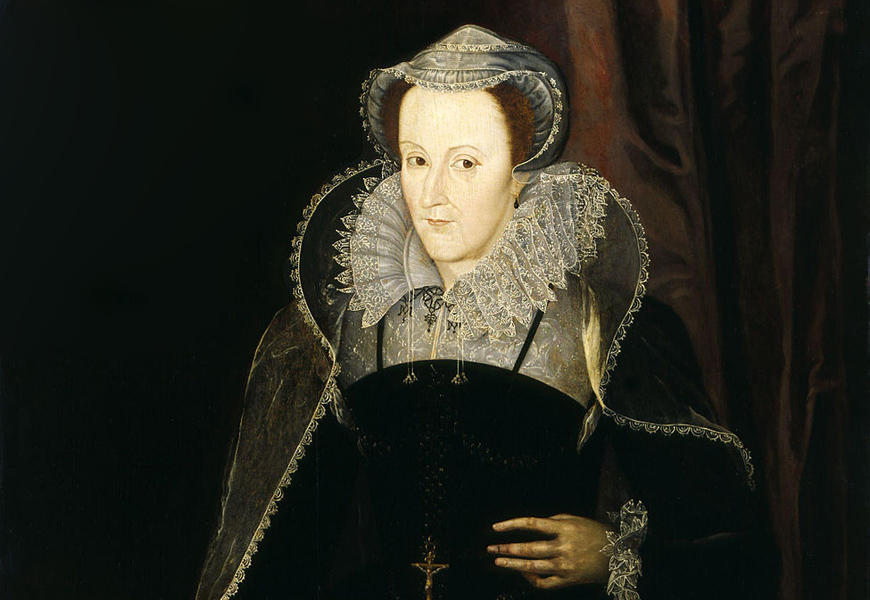
1568: May 2nd
Mary Queen of ScotsMary, Queen of Scots, escapes from Lochleven Castle with the aid of George Douglas, brother of Sir William Douglas, the castle's owner.
-

1587: February 8th
Mary Queen of ScotsMary, Queen of Scots, is executed at Fotheringhay Castle in Northamptonshire, England, on suspicion of being involved in the Babington Plot to murder her cousin, Queen Elizabeth I. She was buried at Peterborough Cathedral and years later reinterred in Westminster Abbey near the tomb of her cousin, Elizabeth I.
-
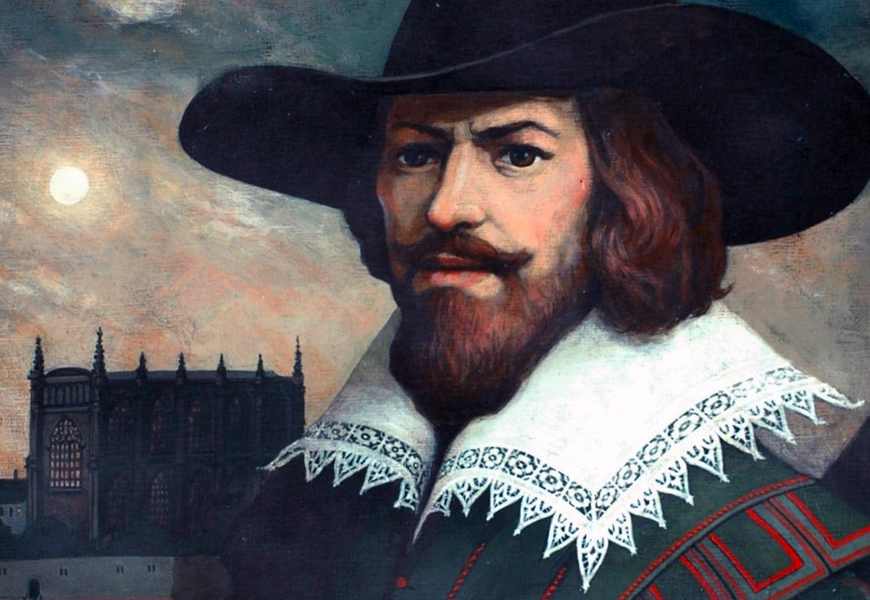
1605: November 5th
Guy FawkesGuy Fawkes is discovered beneath the House of Lords in London, protecting a stockpile of gunpowder to blow up the House of Lords in a deliberate attempt to assassinate King James I and restore a Catholic monarch to the throne. Guy is arrested and tortured at the Tower of London, where he later confesses and identifies his co-conspirators, who are drawn, hanged, and quartered.
-
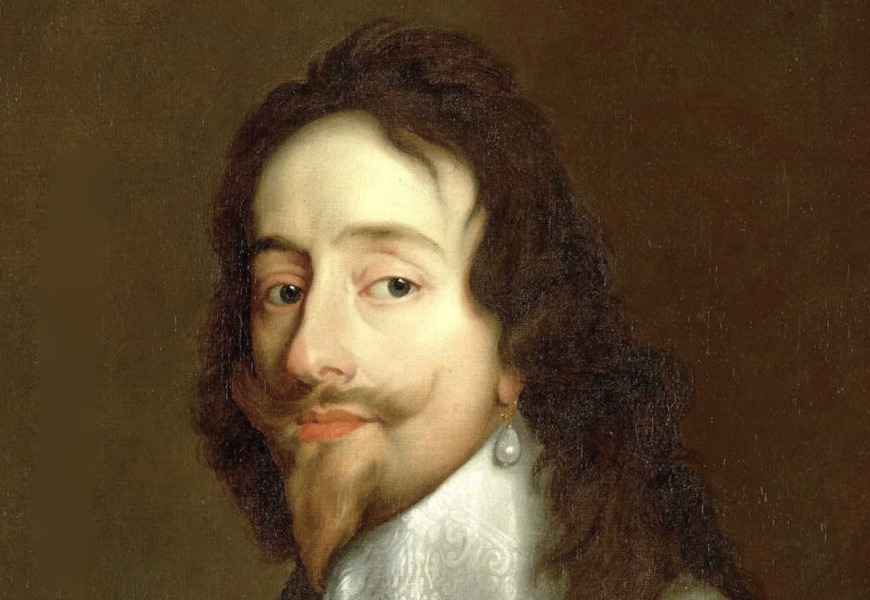
1625: March 27th
Charles ICharles I is crowned King of England, Scotland, and Ireland. He also claims the title of King of France.
-
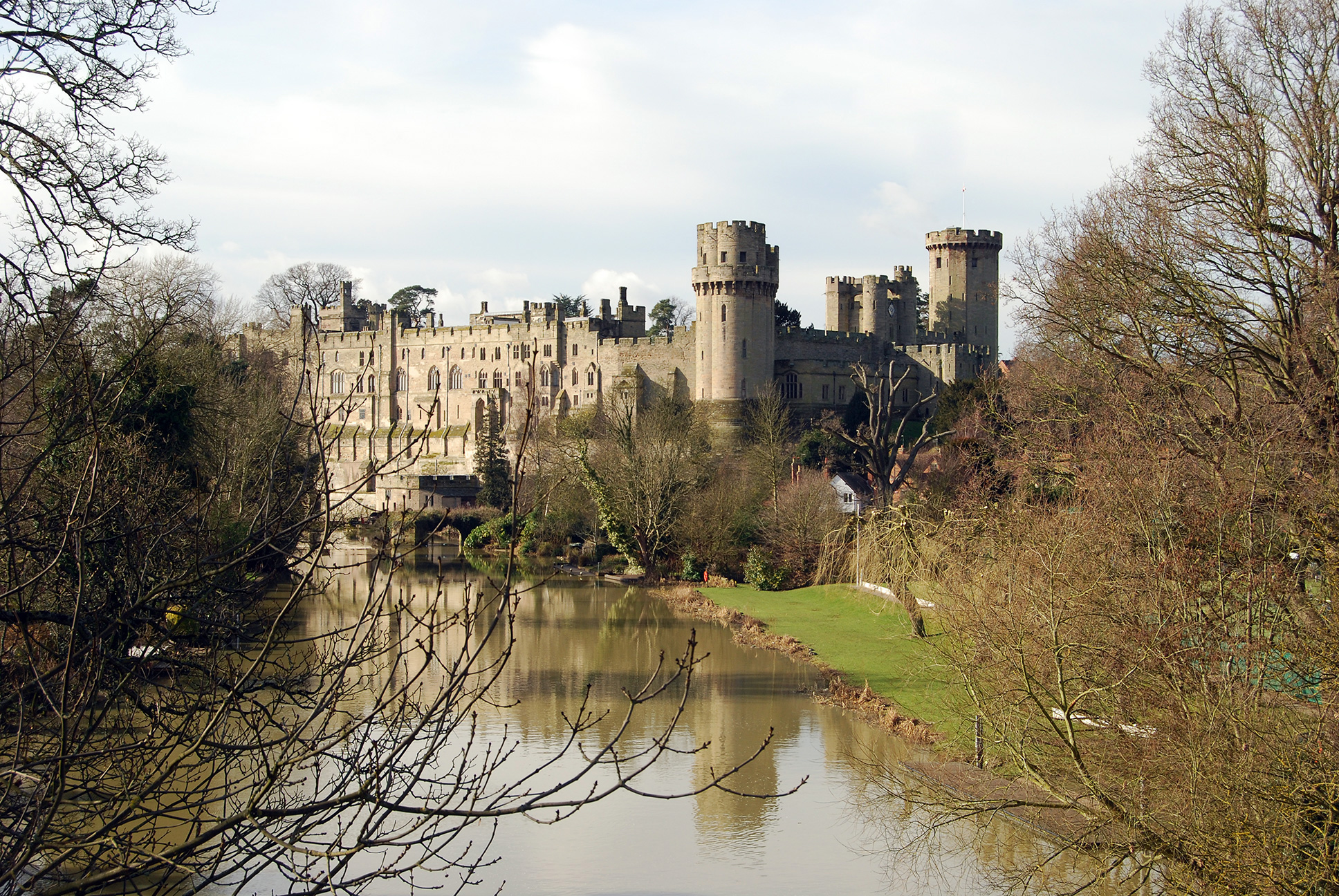
1628: September 30th
Fulke Greville at Warwick CastleFulke Greville, 1st Baron Brooke, dies after being stabbed four weeks earlier by his manservant, who felt cheated in his master's will. He was stabbed at Warwick Castle, where he lived, and his ghost haunts one of the towers now called the Ghost Tower.
-
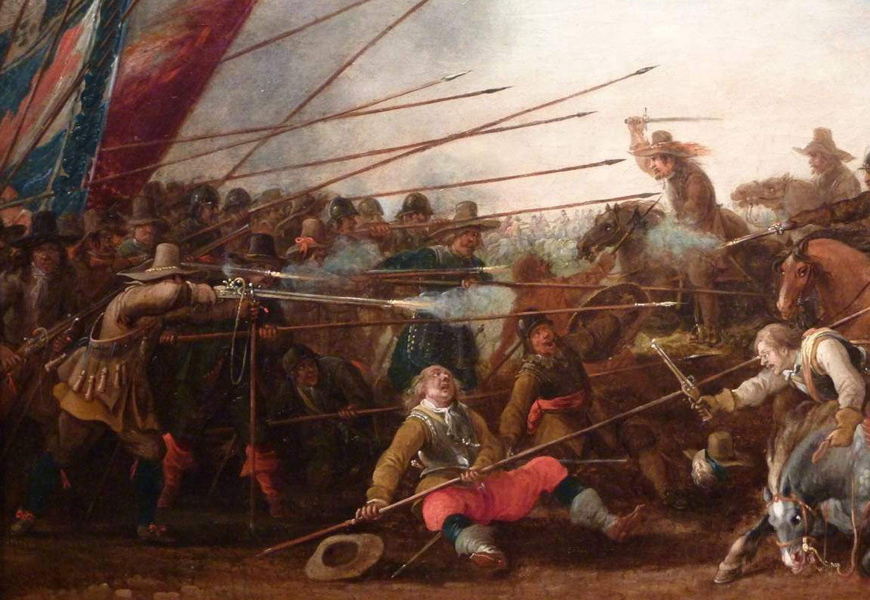
1644: October 27th
Second Battle of NewburyThe English Civil War: The Second Battle of Newbury. Combined Parliamentarian forces battle Royalists led by King Charles I. Newbury is indecisive, with the Parliamentarians gaining some tactical advantages. After the fighting stopped for the day, Charles realized his army would not withstand another attack the next day, so they retreated north that night, leaving his wounded and most of his guns and baggage at Donnington Castle. The next day Parliamentarians attack Donnington Castle which is easily defeated.
-
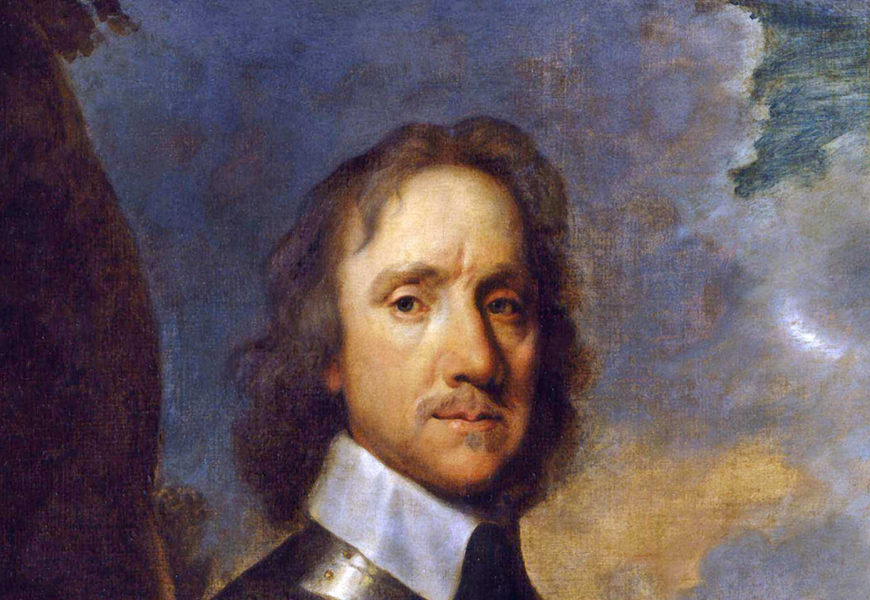
1653: December 16th
Oliver CromwellOliver Cromwell becomes Lord Protector of England, Scotland, and Ireland. He and the Parliamentarian Army are also responsible for partially destroying many castles in England to make them indefensible by the Royalists during the English Civil War.
-

1671: May 9th
The Crown JewelsDisguised as a clergyman, Thomas Blood attempts to steal the Crown Jewels of England from the Tower of London.
-
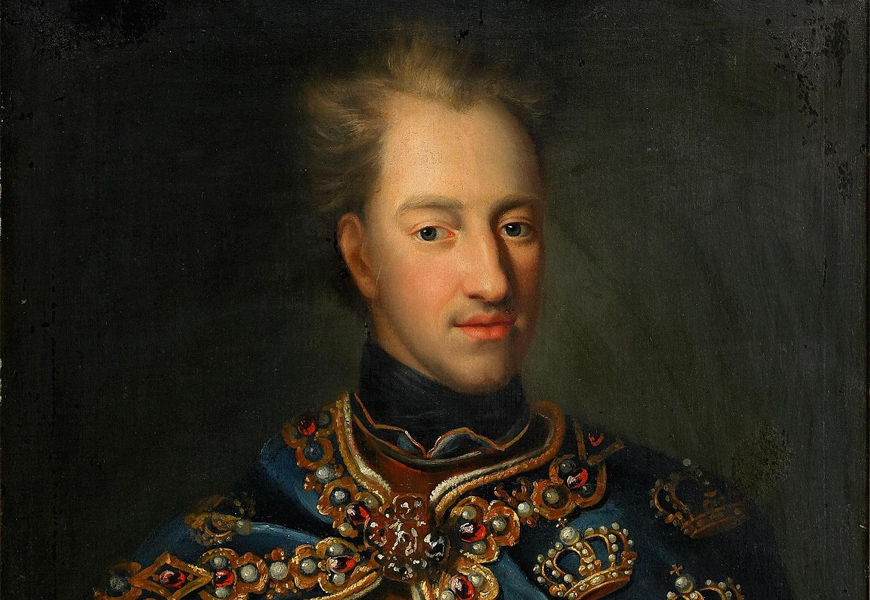
1718: November 30th
Charles XII of SwedenKing Charles XII of Sweden dies during a siege of Fredriksten Fortress in Norway. Charles was killed by a projectile that pierced one side of his head and exited the other. This has been a subject of great debate as some believe the projectile was shot from the fortress by his enemies while others attest that someone in his army was the culprit. His body has been exhumed three times over the centuries to try and solve the mystery.
-
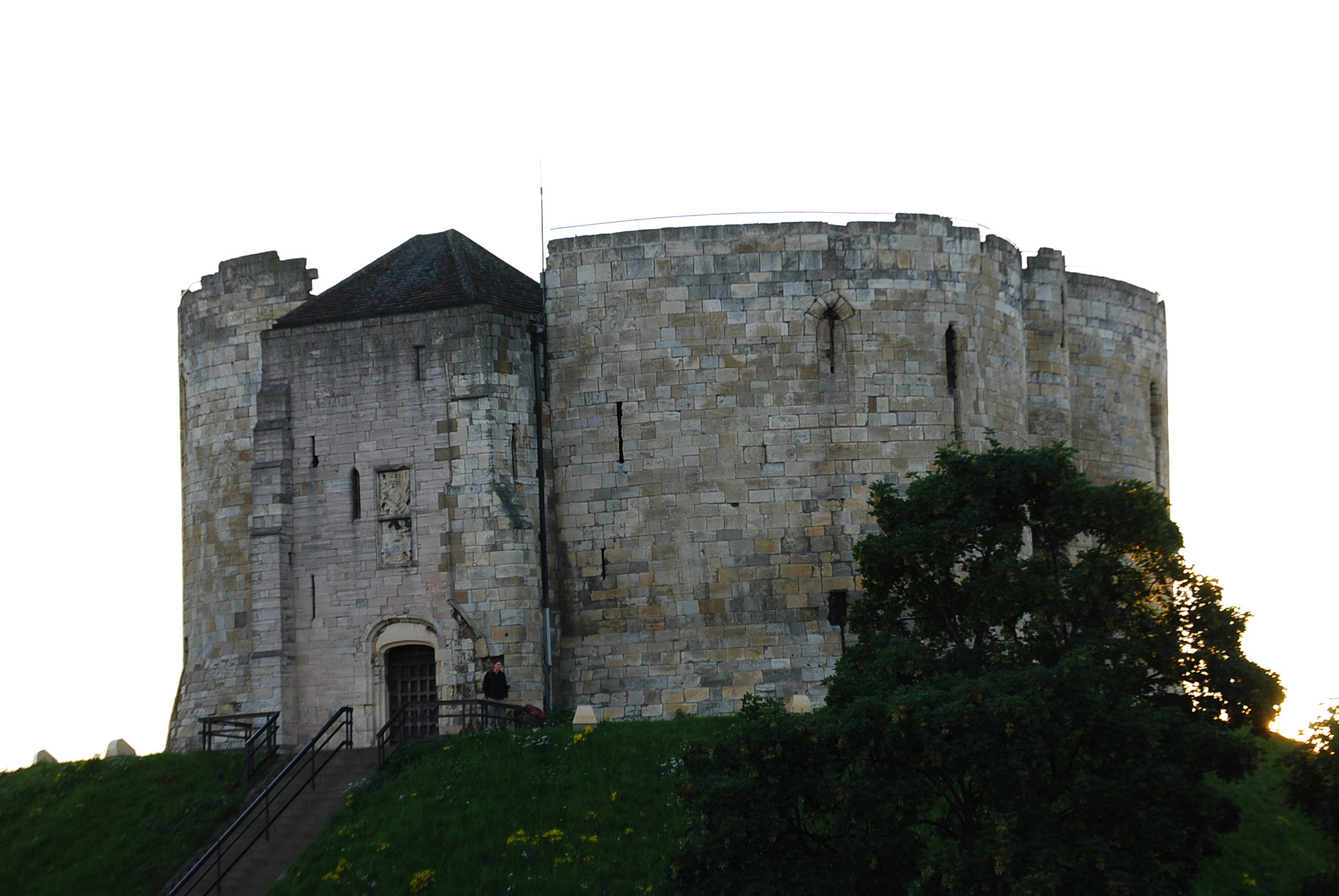
1739: Feburary 23rd
Dick Turpin at York CastleWhile being held at York Castle, John Palmer is identified to be none other than the infamous highwayman Dick Turpin by his former school teacher, who recognizes his handwriting in a letter. Turpin would later stand trial for stealing horses and be hanged at the gallows at the Knavesmire in York.
-
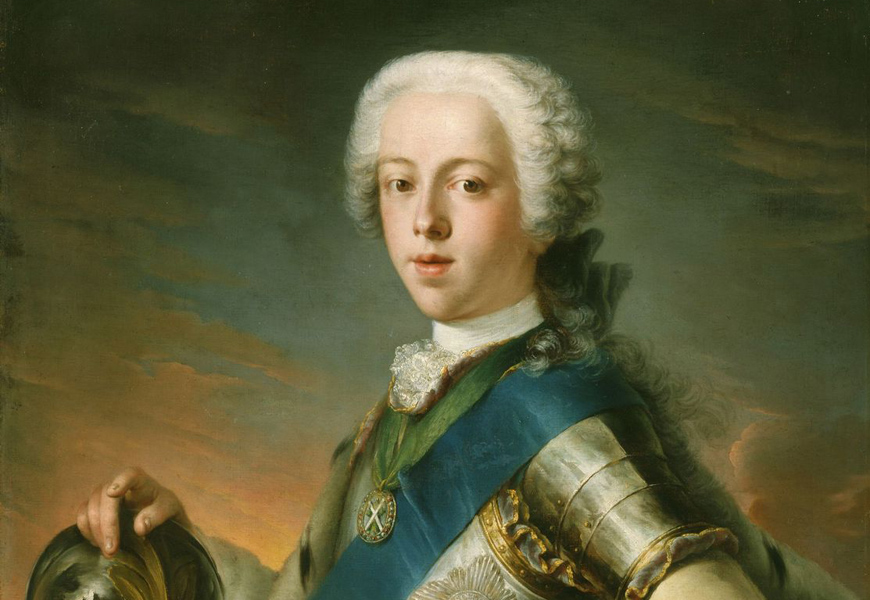
1745: November 8th
Bonnie Prince CharlieCharles Edward Stuart (Bonnie Prince Charlie) and an army of 5000 Scots invade England. This army would later participate in the Battle of Culloden.
-
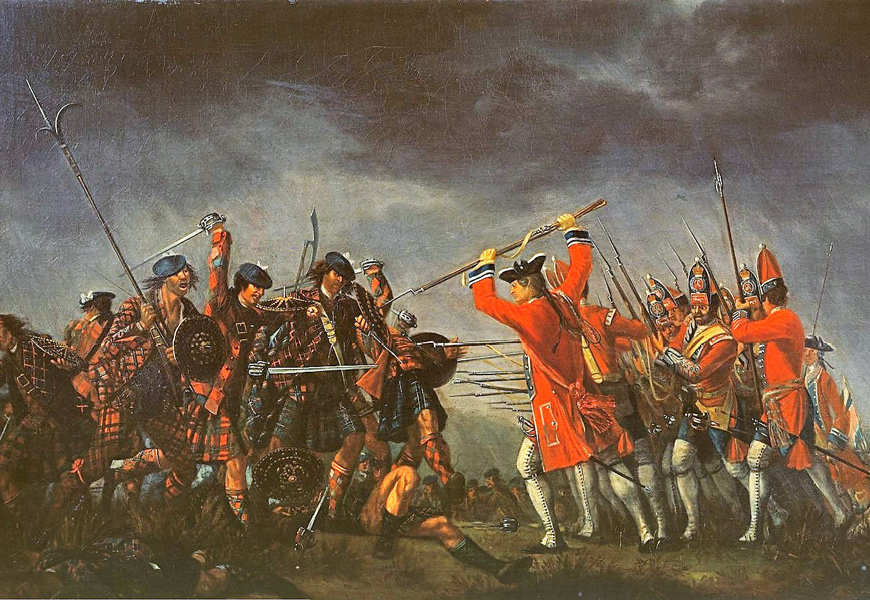
1746: April 16th
Battle of CullodenA British government force decisively defeated the Jacobite army of Charles Edward Stuart under William Augustus, Duke of Cumberland, on Drummossie Moor near Inverness in the Scottish Highlands. It was the last pitched battle fought on British soil.
-
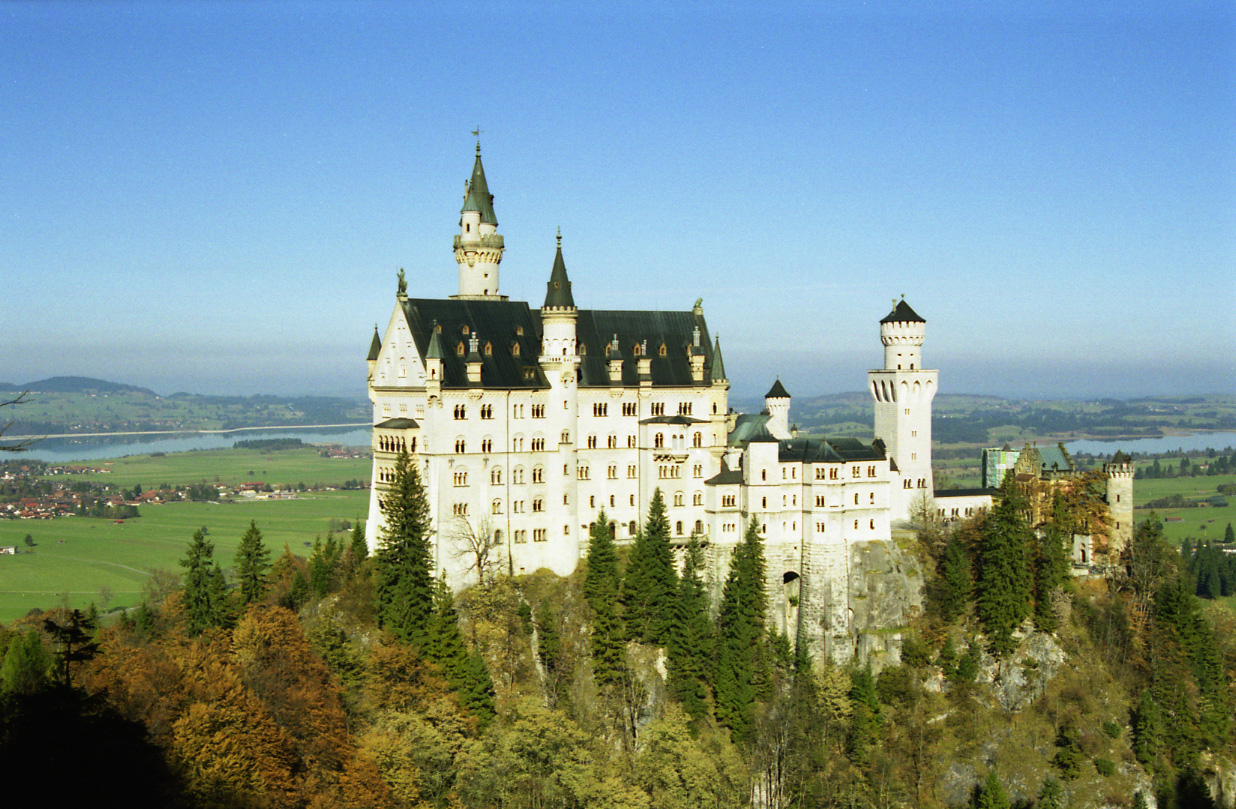
1869: September 5th
Schloss NeuschwansteinThe foundation stone for Schloss Neuschwanstein is laid. It will take over two decades to complete most of the castle, as some buildings will never be built, as construction was halted soon after King Ludwig II's controversial death. Schloss Neuschwanstein is one of three castles built by Ludwig II, with plans for a fourth never being realized. King Ludwig said in a letter to the famous composer Richard Wagner about Neuschwanstein:
"It is my intention to rebuild the old castle ruin of Hohenschwangau near the Pöllat Gorge in the authentic style of the old German knights' castles, and I must confess to you that I am looking forward very much to living there one day... you know the revered guest I would like to accommodate there; the location is one of the most beautiful to be found, holy and unapproachable, a worthy temple for the divine friend who has brought salvation and true blessing to the world. It will also remind you of Tannhäuser and Lohengrin... "
-
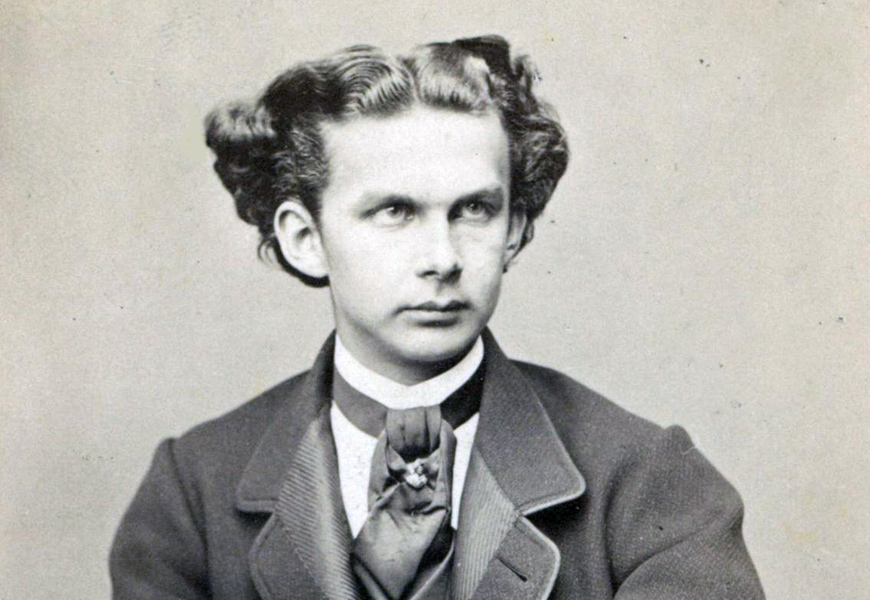
1886: June 13th
Ludwig IIKing Ludwig II of Bavaria dies. His body is found in the waters of Lake Starnberg, and his death is ruled a suicide, but rumors remain to this day that he was murdered.
-
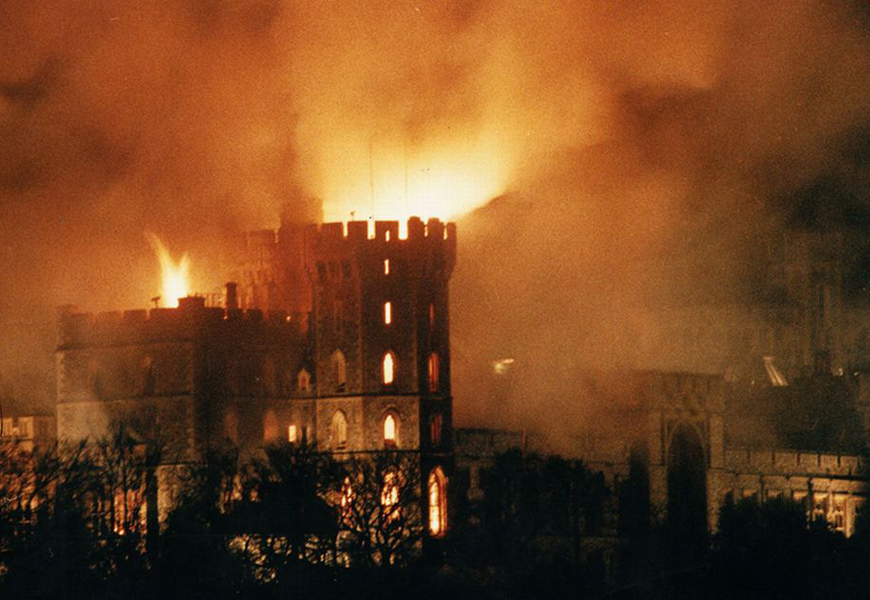
1992: November 20th
Windsor CastleWindsor Castle catches fire after a spotlight in the Queen’s private Chapel sparks and ignites a nearby curtain, causing extensive damage. The castle will be restored over the next few years.
-
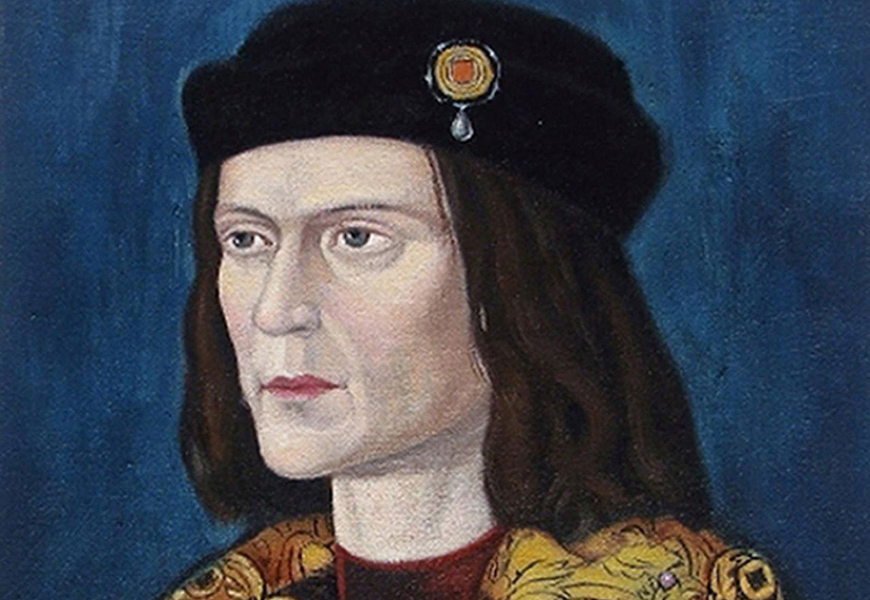
2013: February 4th
Richard IIIArchaeologists confirm that a skeleton found beneath a Leicester car park is none other than that of King Richard III of England. Richard was killed at the Battle of Bosworth Field in 1485. His remains were carried in procession to Leicester Cathedral on 22 March 2015 and reburied on 26 March 2015 at a religious re-burial service.